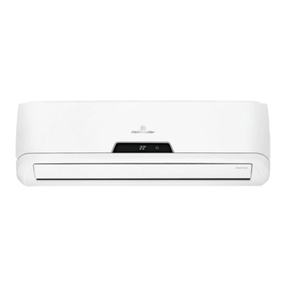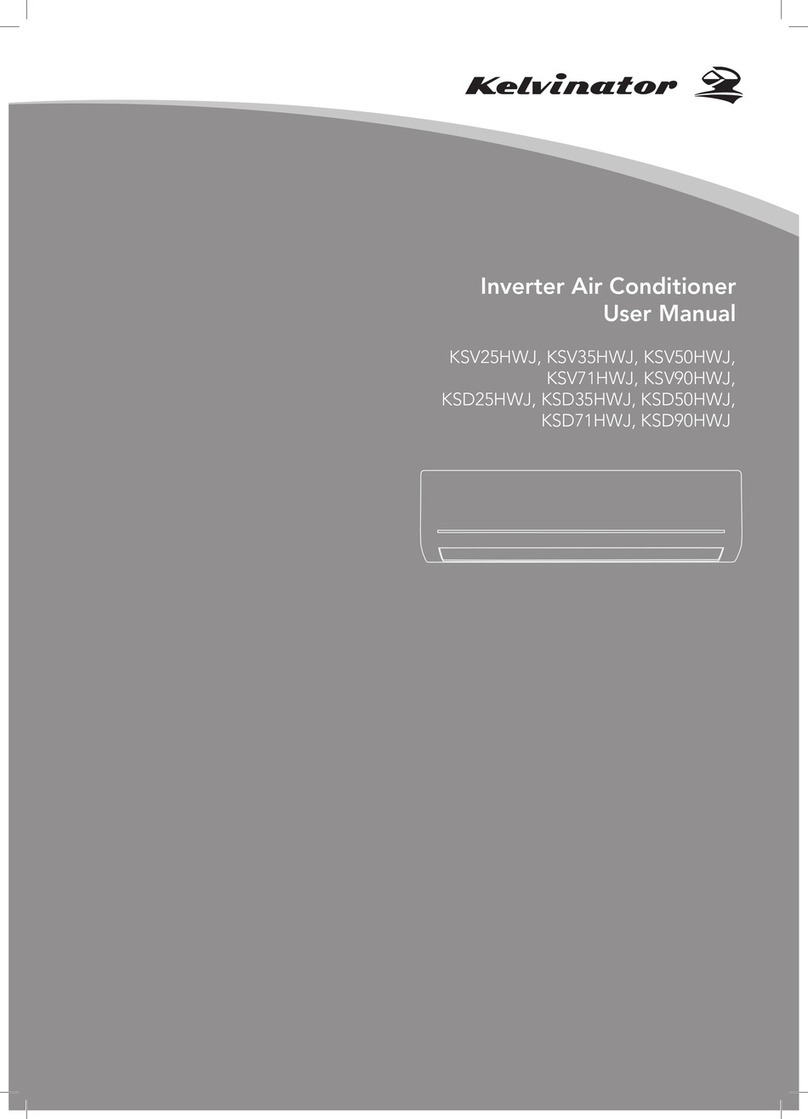Kelvinator KSV25CRH User manual
Other Kelvinator Air Conditioner manuals
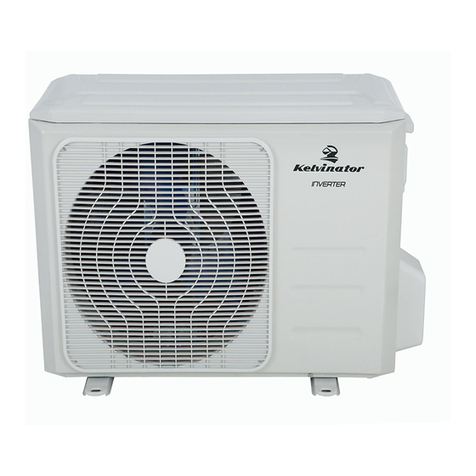
Kelvinator
Kelvinator KSV25CRG User manual
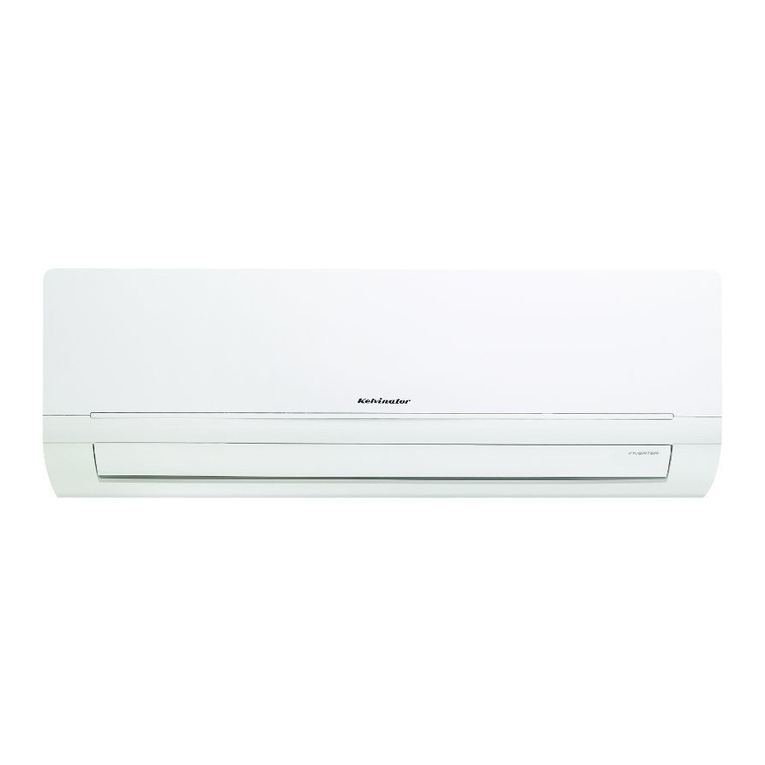
Kelvinator
Kelvinator KSV26CRC User manual
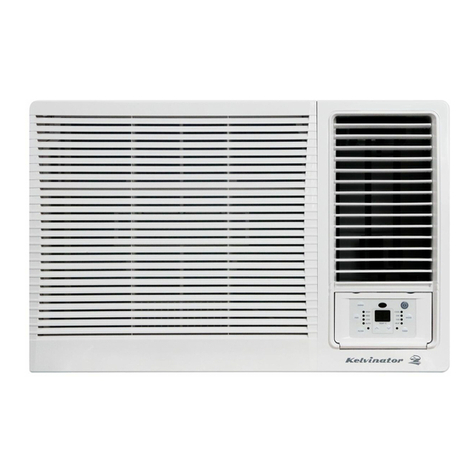
Kelvinator
Kelvinator Reverse Cycle User manual
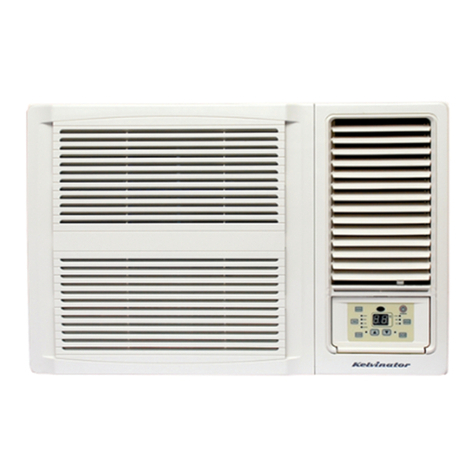
Kelvinator
Kelvinator KWH53CRF User manual
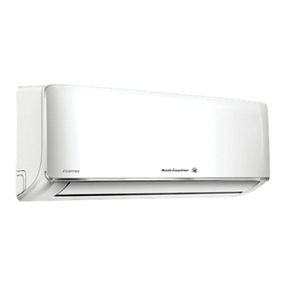
Kelvinator
Kelvinator KSE88CRC User manual
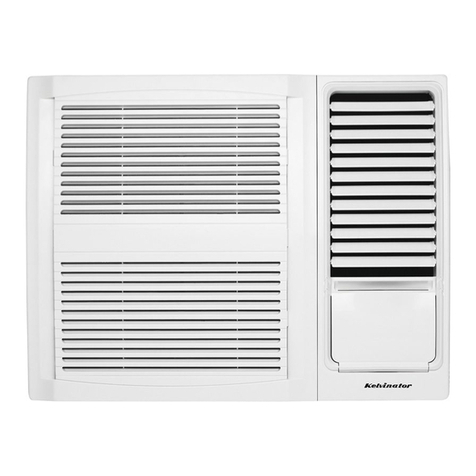
Kelvinator
Kelvinator KWH15CME User manual
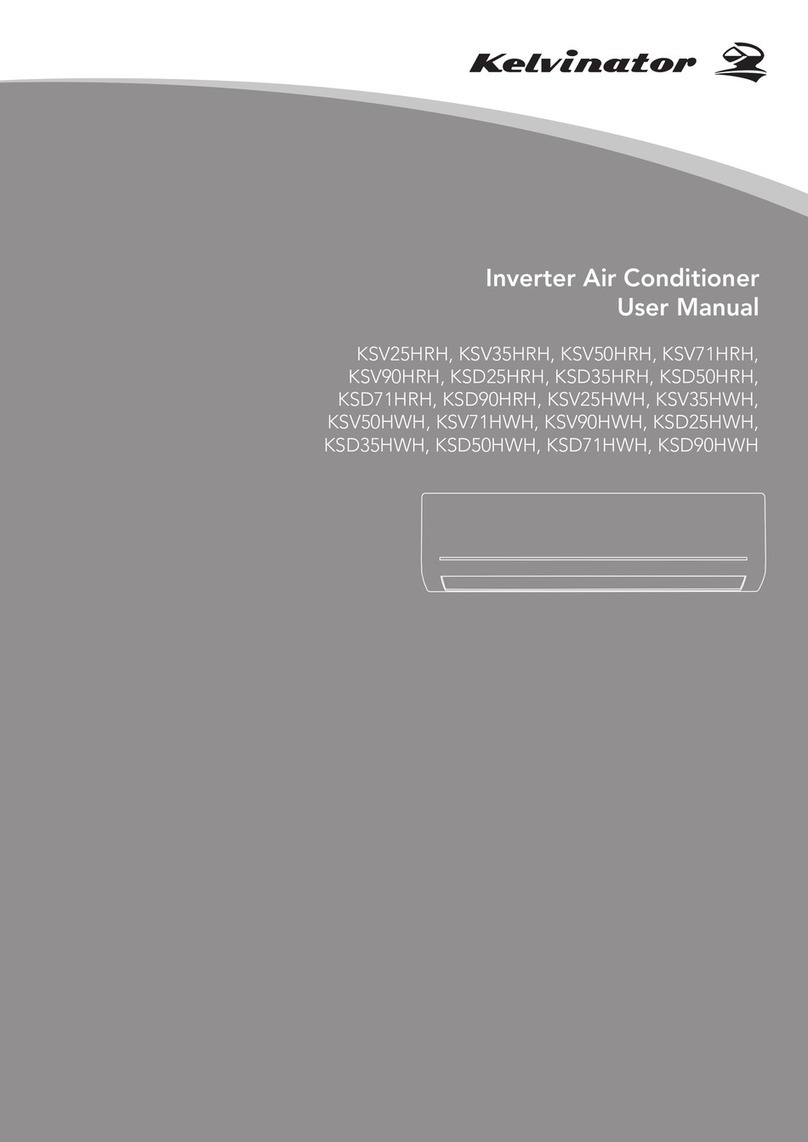
Kelvinator
Kelvinator KSV35HRH User manual

Kelvinator
Kelvinator KSV25CRG User manual

Kelvinator
Kelvinator KWH20HRB User manual
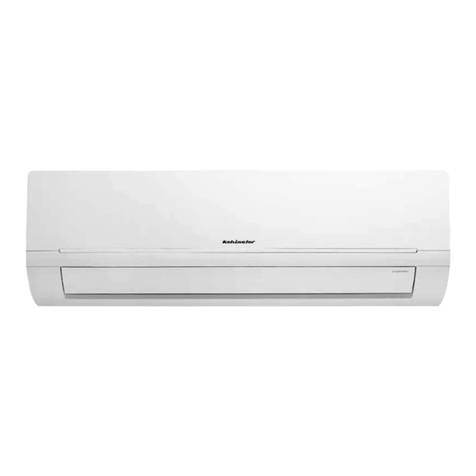
Kelvinator
Kelvinator KSV25HRD User manual
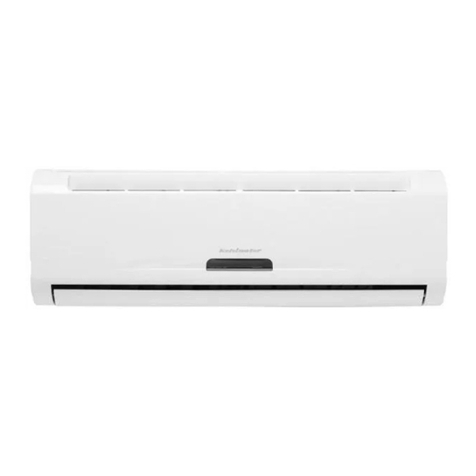
Kelvinator
Kelvinator KSE88HRB User manual
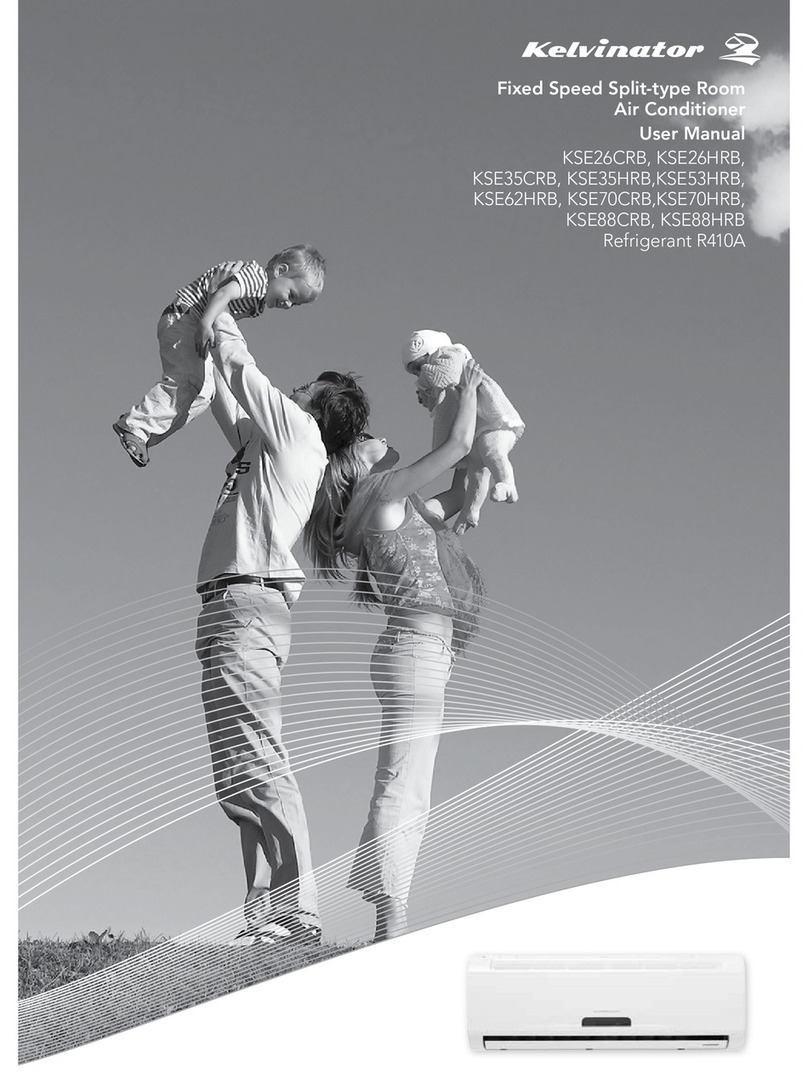
Kelvinator
Kelvinator KSE26CRB User manual
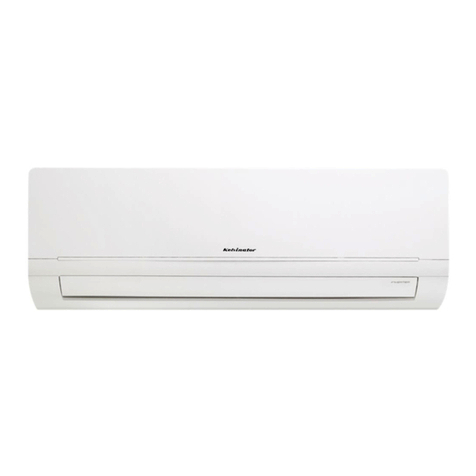
Kelvinator
Kelvinator KSV25CRF User manual
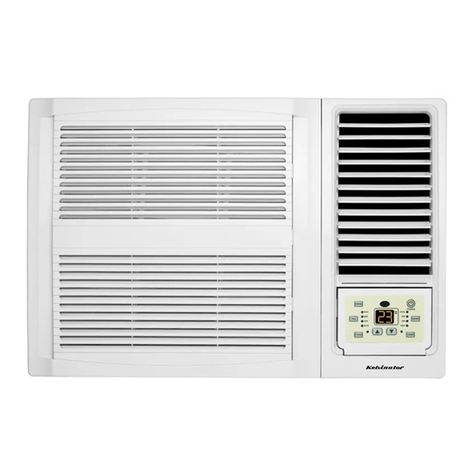
Kelvinator
Kelvinator KWH20CRC User manual
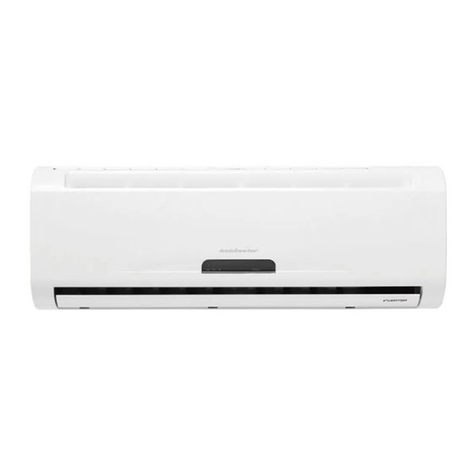
Kelvinator
Kelvinator KSV53HRB User manual
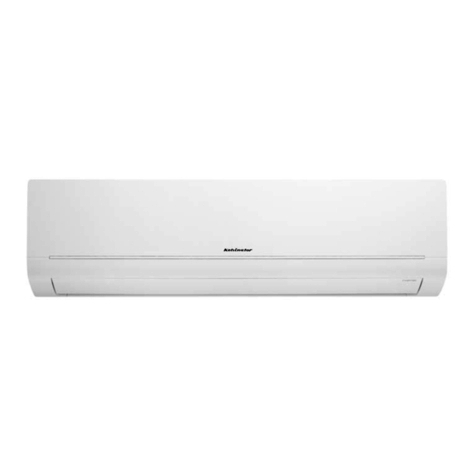
Kelvinator
Kelvinator KSV80HRD User manual
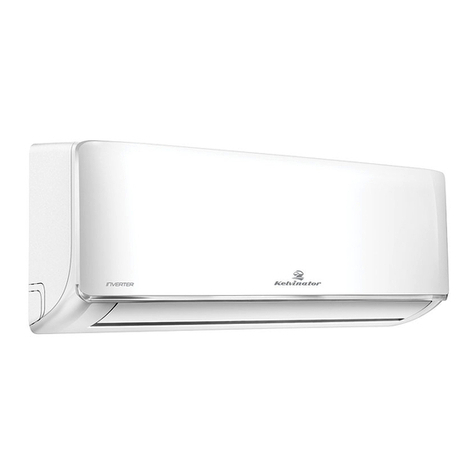
Kelvinator
Kelvinator KSV25HRH User manual
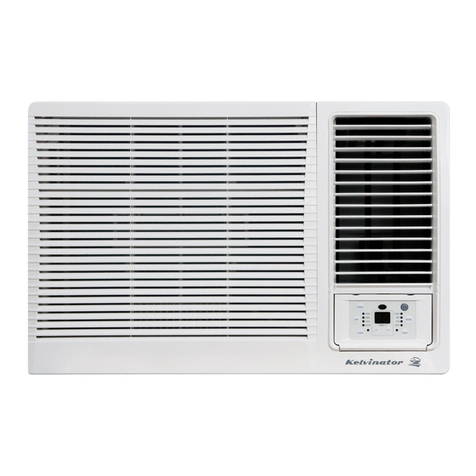
Kelvinator
Kelvinator KWH22CRF Guide
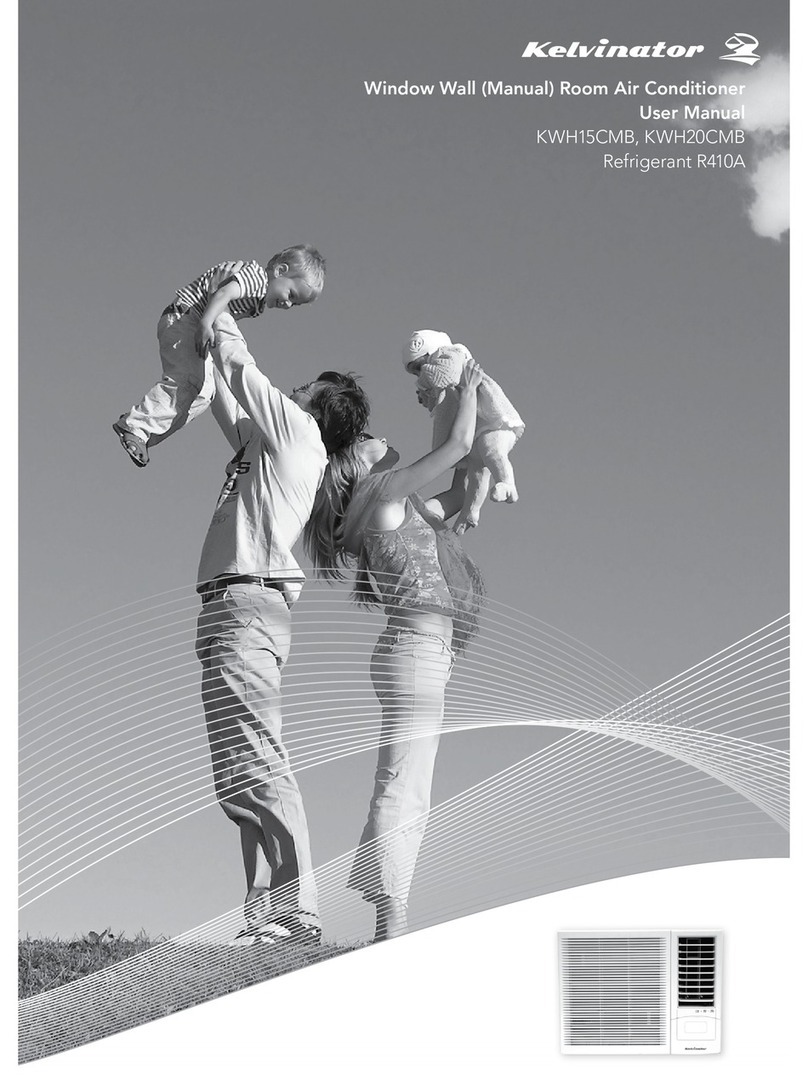
Kelvinator
Kelvinator KWH20CMB User manual

Kelvinator
Kelvinator KSV26CRE User manual
Popular Air Conditioner manuals by other brands

Fujitsu
Fujitsu ASYG 09 LLCA installation manual

York
York HVHC 07-12DS Installation & owner's manual

Carrier
Carrier Fan Coil 42B Installation, operation and maintenance manual

intensity
intensity IDUFCI60KC-3 installation manual

Frigidaire
Frigidaire FAC064K7A2 Factory parts catalog

Sanyo
Sanyo KS2432 instruction manual

Mitsubishi Electric
Mitsubishi Electric PUHZ-RP50VHA4 Service manual

Panasonic
Panasonic CS-S18HKQ Service manual

Panasonic
Panasonic CS-E15NKE3 operating instructions

Gree
Gree GWH18TC-K3DNA1B/I Service manual

Friedrich
Friedrich ZoneAire Compact P08SA owner's manual

Daikin
Daikin R32 Split Series installation manual

